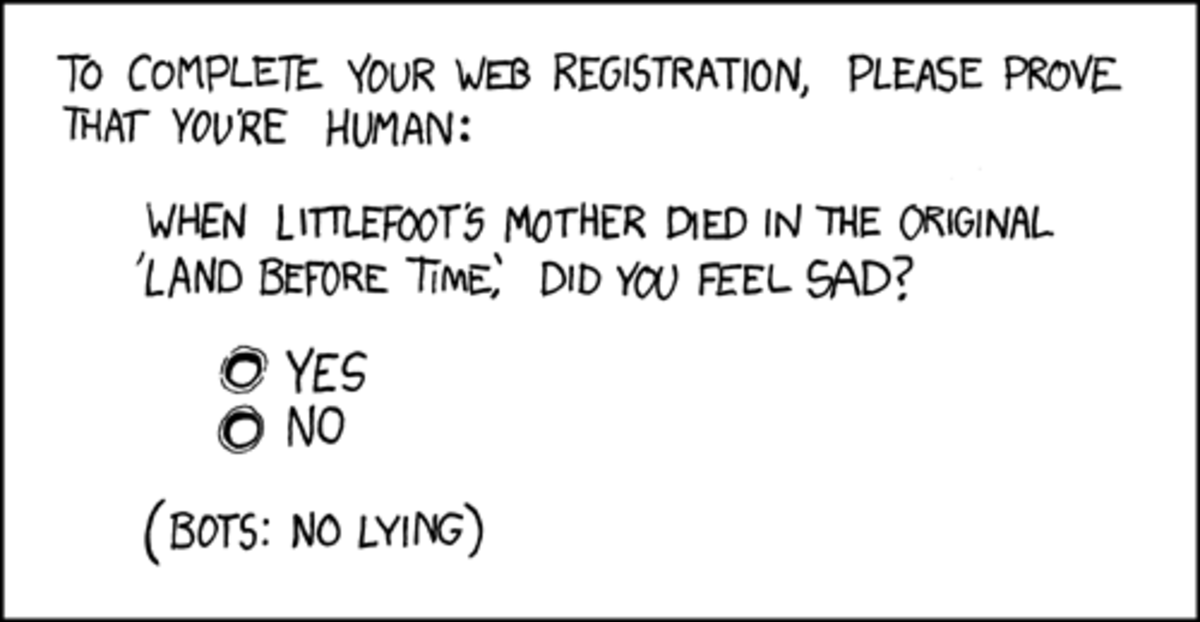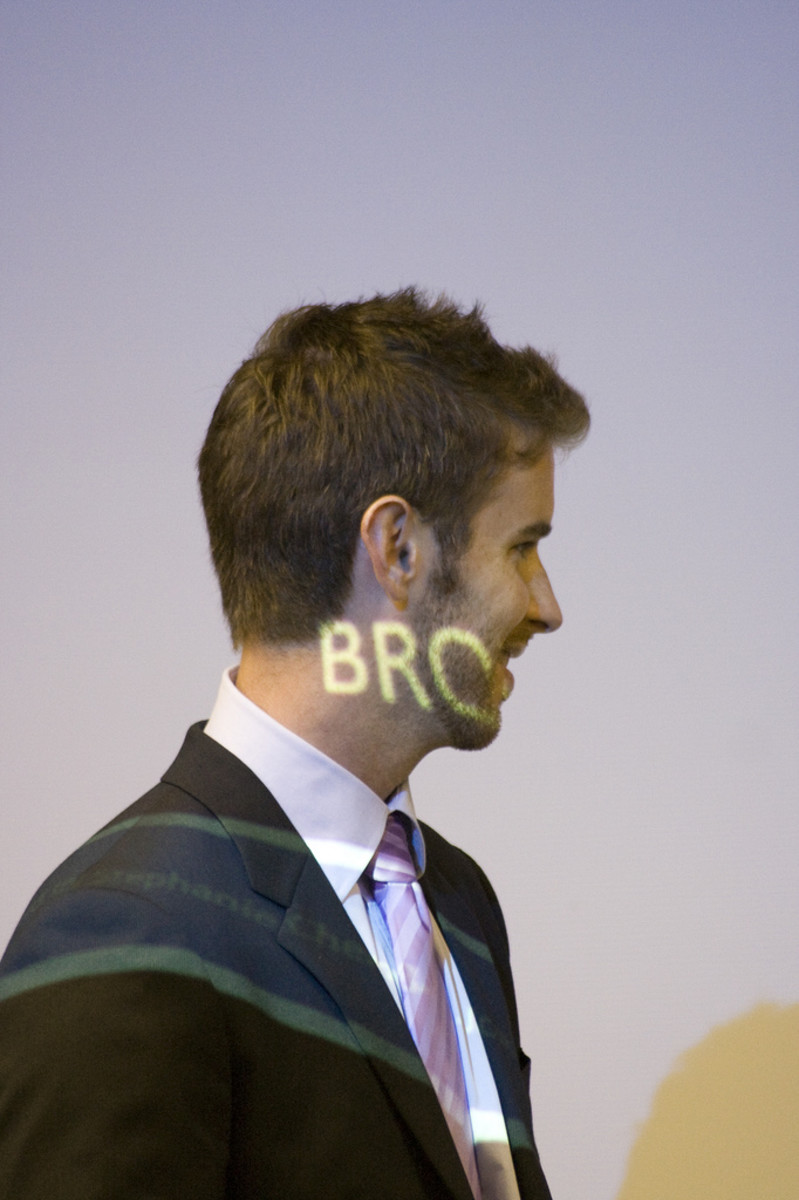Internet Urban Legends
About.com defines an urban legend as “An apocryphal, secondhand story, alleged to be true and just plausible enough to be believed, about some horrific, embarrassing, ironic, or exasperating series of events that supposedly happened to a real person.” Before the internet, these stories spread from person to person changing slightly with each telling. Although the teller did not experience it or know the victim, he usually had some connection to them (he knew someone who knew the victim). The story usually involved someone (or something) local. It was not uncommon for the story to spread and have many different versions depending upon where it is told.
With the rise of the internet, these stories could spread faster and didn't have to involve just local people and institutions. Stories spread like wildfire.
Listed below are 4 internet urban legends. Through the years, I have read several versions of these stories in my email or elsewhere on the web. Every time I read them, they were different. These stories have one thing in common. While they were believable on the surface (and the storytellers make convincing arguments), they are all false.

The Aircraft Carrier Vs. the Lighthouse
A popular version goes like this:
This is the transcript of a radio conversation of a US naval ship with Canadian authorities off the coast of Newfoundland in October, 1995. Radio conversation released by the Chief of Naval Operations 10-10-95.
Americans: Please divert your course 15 degrees to the North to avoid a Collision.
Canadians: Recommend you divert YOUR course 15 degrees to the South to avoid a collision
.Americans: This is the Captain of a US Navy ship. I say again, divert YOUR course.
Canadians: No. I say again, you divert YOUR course.
Americans: This is the aircraft carrier USS Lincoln, the second largest ship in the United States' Atlantic fleet. We are accompanied by three destroyers, three cruisers and numerous support vessels. I demand that YOU change your course 15 degrees north, that's one five degrees north, or countermeasures will be undertaken to ensure the safety of this ship
.Canadians: This is a lighthouse. Your call.
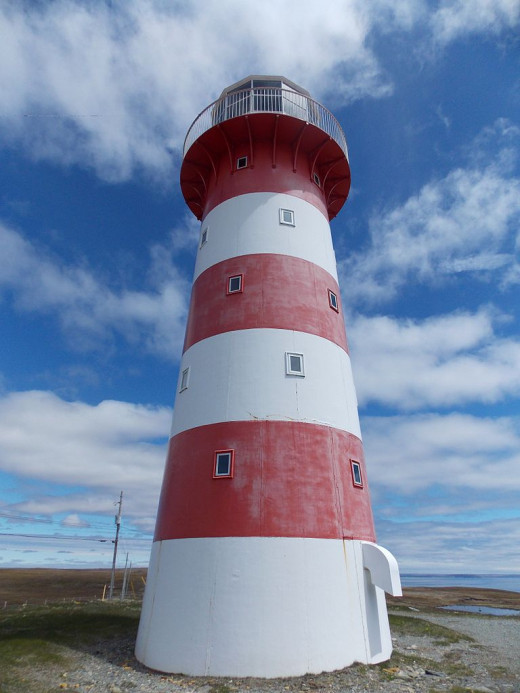
I'll have to admit that when I first heard this story, I chuckled. There was no reason for me not to believe it. The truth is I didn't think about it much and in the early days of the internet, I was not cynical about what I read there. A few years later I read a different version of the story on the web and began to have my doubts. My research has discovered that there were several different tales floating around the web. They involved other ships (USS Enterprise, USS Coral Sea, USS Nimitz and USS Missouri). The stories took place off of the coasts of North Carolina, Puget Sound and the Gulf of Mexico. There is a version of the story that involves a Royal Navy vessel and takes place off the coast of Ireland. All versions are untrue.
Let's look at the facts. According to the Military Officers Association of America, (MOAA)the story is believable only if you don't know how a Navy ship operates. A modern ship like a carrier relies on GPS and other expensive, complicated electronics to determine it's position. Mistaking a lighthouse for another ship would have been impossible. The GPS would have seen the lighthouse, but even if the personnel in the ship misread it as another ship (highly unlikely as a ship and a lighthouse have different light patterns. ) they could not have missed the fact that it was located on a landmass the size of Labrador! Said one Canadian lighthouse keeper by the name of Jim Abrams, “I've been lighthouse keeping for 21 years and no one has ever thought I was anything but a lighthouse.”
Such a conversation between a ship and a lighthouse could not have taken place in the US, simply because lighthouses have been unmanned and automated for years. But that doesn”t stop this story from spreading. The MOAA claims to receive this story by forwarded email 3 times a day. “The only interesting thing to see is how the story has changed' said an official of that organization. The US Navy has devoted a page of it's website to debunk this myth.
Ship High in Transit
Here is a typical email story dating back to 2002
Certain types of manure used to be transported (as everything was back then) by ship. In dry form it weighs a lot less, but once water (at sea) hit it. It not only became heavier, but the process of fermentation began again, of which a by-product is methane gas.
As the stuff was stored below decks in bundles you can see what could (and did) happen; methane began to build up below decks and the first time someone came below at night with a lantern. BOOOOM! Several ships were destroyed in this manner before it was discovered what was happening.
After that, the bundles of manure where always stamped with the term "S.H.I.T" on them which meant to the sailors to "Ship High In Transit." In other words, high enough off the lower decks so that any water that came into the hold would not touch this volatile cargo and start the production of methane.
Supposedly this is a 19th century nautical term, but the origins of the word “shit” go back longer than that. In fact, researchers say the first time this story was told was 1999 and it was on the internet! It's obviously just a made up tale. “Shit” is not an acronym. And stories involving “fornication under consent of the King” (or “for using carnal knowledge”) are just that. Stories.
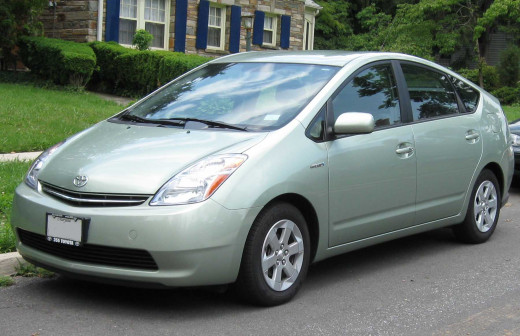
A Humvee is Cleaner and Less Expensive Than a Pruis
Several years ago there was a claim that the gas guzzling Hummer was much cleaner to build than the Toyota Prius. It also claimed that the energy expended in manufacturing and the cost of disposing the Prius when it was no longer useful,negated the energy efficiency of that car and that in the long run, the Hummer was a “greener” and less expensive car than the Prius.
There was a flawed study that said that although the Prius is much better in gas mileage than the Hummer, the environmental cost of mining the nickel required for the batteries was extreme. Nickel mining is extremely dirty. The study mentioned a mine in Ontario that was the cause of an environmental disaster. A column in The Daily Mail in late 2006 said Toyota bought it's nickel from this mine. In reality, Toyota only had purchased one half of one percent of the mines total output in 2004. The article tried to make it look like like Toyota was the cause of the environmental disaster, which was not true. The mine has been in operation since the late 1800s.
In 2005, a market research company called CNW Marketing Research (CNWMR) released a study called “From Dust to Dust” about that year's cars. They measured the relative costs of autos from mining of the metals used through disposal. That study said the Hummer was less expensive than the Prius in the long run. But industry analysts claimed that the figures CNWMR used cause the numbers to be skewed. In addition the Prius figures were based on lifetime mileage of 109,000, while Hummer drivers were expected to get 300,000 miles out of their vehicles.
CNWMR did a follow up study in 2008. In this study the Prius was cheaper to build and own than the Hummer. The Prius is still expensive to build, but it is cheaper and cleaner than the Hummer. The study claimed the Honda Civic, Toyota Corolla, and other smaller cars were better values than the Prius.


The Police Radar and the Fighter Plane
I saved the best one for last
Two British traffic patrol officers from North Berwick were involved in an unusual incident while checking for speeding motorists on the A1 Great North Road. One of the officers used a hand-held radar device to check the speed of a vehicle approaching over the crest of a hill, and was surprised when the speed was recorded at over 300 mph. Their radar suddenly stopped working and the officers were not able to reset it.
Just then a deafening roar over the treetops revealed that the radar had in fact latched on to a NATO Tornado fighter jet which was engaged in a low-flying exercise over the Border district, approaching from the North Sea.
Back at police headquarters the chief constable fired off a stiff complaint to the RAF Liaison office.
Back came the reply in true laconic RAF style:
"Thank you for your message, which allows us to complete the file on this incident. You may be interested to know that the tactical computer in the Tornado had detected the presence of, and subsequently locked onto, your hostile radar equipment and automatically sent a jamming signal back to it. Furthermore, an air-to-ground missile aboard the fully-armed aircraft had also automatically locked onto your equipment. Fortunately the pilot flying the Tornado recognized the situation for what it was, quickly responded to the missile systems alert status, and was able to override the automated defence system before the missile was launched and your hostile radar installation was destroyed.
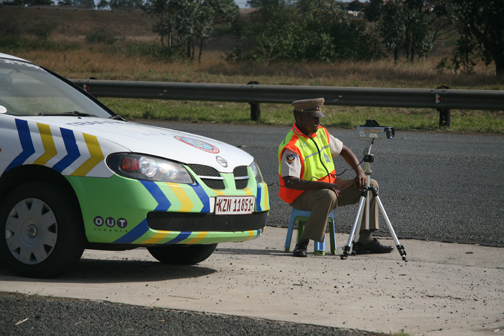
This story has another version which involves a CHP officer tracking speeders along the California coast when a US Marines F-18 Hornet locked onto the police radar. Both stories have some of the same wording. It's obvious this is a made up story.
This story is untrue for a number of technical reasons. First police radar is very weak and short range. And the airspace along the coasts of England and southern California are some of the most crowded in the world. It's quite possible they were “painted” by several powerful radars. It's likely that they would have never even noticed the puny police radar. There are several other highly technical (but boring) facts about the nature of radar that I won't get into. Suffice to say there is no way the armed fighter plane would launch it's missiles automatically at a police radar.
Anyway, weapons systems on planes do not arm themselves. A pilot must arm and fire the missile. Even if he was able to determine the police radar had locked on him, a pilot in a non war situation would immediately know that the radar signal was not a threat.
*****
These stories (and more like them) are believed by many people who don't know the facts and have no desire to research them. When the internet first began, I was naive and believed everything I read. I have grown a lot more cynical as the years have past. To that I say: Don't believe everything you read!







